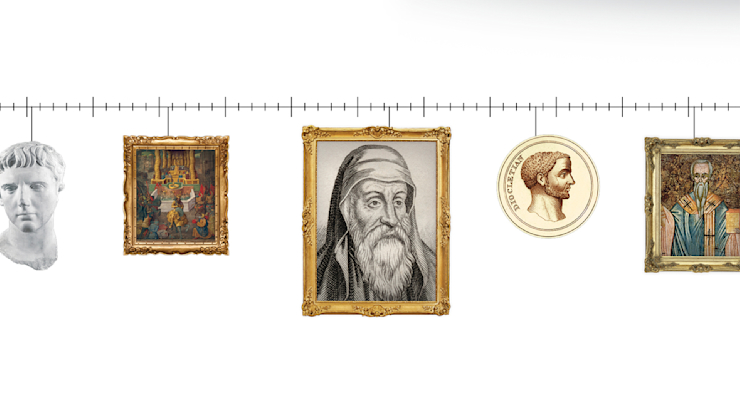The Attack on Calvinism in 19th Century America

1 Min Read
Calvinism is not the dominant influence in American religious life today, but it used to be. What happened? In this brief clip, W. Robert Godfrey describes the dramatic change that took place in 19th-century American church life.
Transcript:
By the late 18th and early 19th century, American theology is becoming more optimistic. That doesn’t just happen in a vacuum. That optimism is part of what we have already seen from the Enlightenment, what we’re already seeing as developing European thought in the 19th century. That optimism will take a slightly different form in America, but it will end up being, in many circles, an attack on Calvinism. In the 17th and 18th centuries in America, Calvinism had been the dominant religious expression in the dominant denominations: Congregational, Presbyterian, and Episcopalian. But in the latter 18th century and on into the 19th century, Calvinism begins to be seen as excessively pessimistic, as excessively tied to old ways of thinking and doing things, and as excessively tied to the “old order” of things. Remember, America had—in Massachusetts, in Pennsylvania, in Virginia—it had established churches. The Episcopal Church was established in Virginia. The Congregational Church was established in Massachusetts. And the Calvinist clergy were well educated and used to a rather comfortable lifestyle. As that old established-church way of thinking began to crumble with the Revolution, as education began to be suspected—“Doesn’t education just lead you to read those European books and confuse you?”—as the country began to move west and the educated, well-paid Calvinist clergy were not so interested in making nothing on the frontier, life began to change in America. Calvinism began to recede as the dominant influence in American religious life. So, by 1850, the two largest denominations in America were the Methodists and the Baptists, no longer the Episcopalians, the Congregationalists, and the Presbyterians. There had been a dramatic change that was taking place. In America, the retreat of Calvinism and the advance of the frontier were shaping and remaking American religion, driven to a significant extent by a kind of optimism that things can be different, things can be better; and our newer approach to religion that will come to be called “The Second Awakening” in America stands behind that.